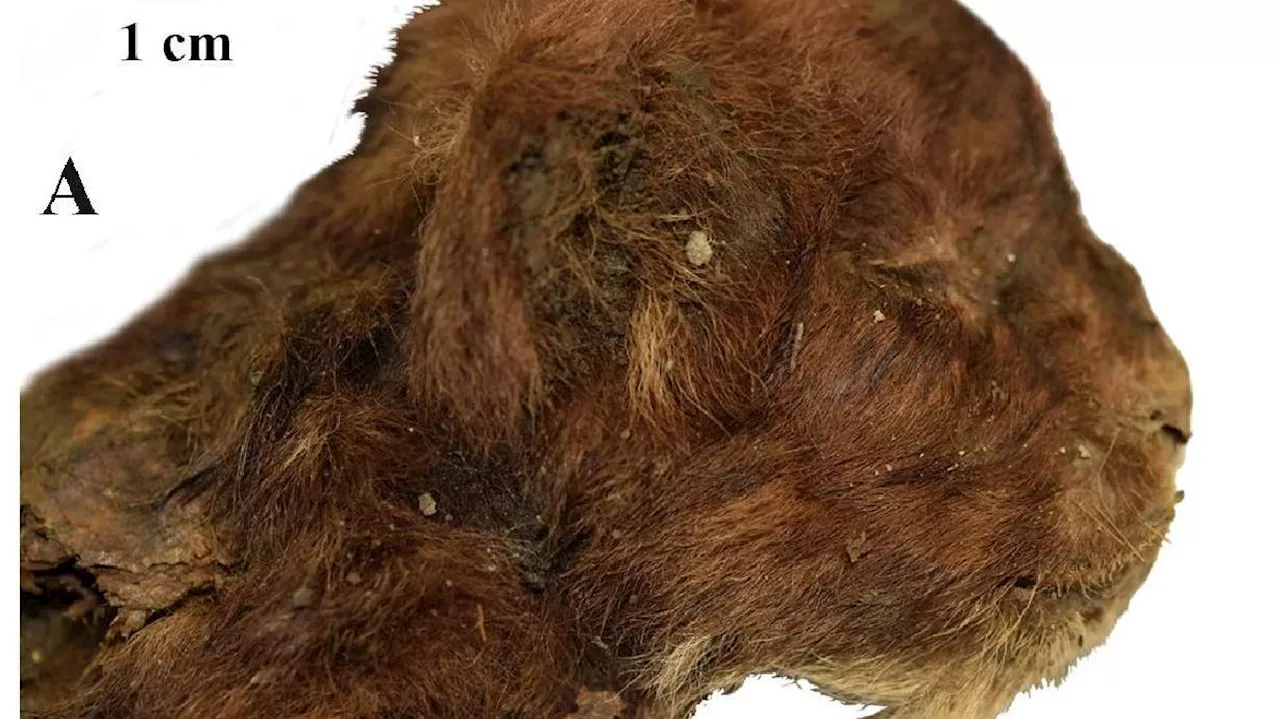A mummified ice age cub from Siberia is the first known mummy of a saber-toothed cat, and its discovery is generating ripples of excitement among paleontologists.
<p>ATLANTA — A mummified ice age cub from Siberia is the first known mummy of a saber-toothed cat, and its discovery is generating ripples of excitement among paleontologists.
com/articles/s41598-024-79546-1#Fig7" rel="nofollow" target="_blank">Scientific Reports</a>. The cub's dark brown fur was short but very thick, measuring about 0.8 to 1.2 inches long.
Traffic Weather Sports Classifieds Cars Jobs Homes Television Radio Salt Lake Utah Local
United States Latest News, United States Headlines
Similar News:You can also read news stories similar to this one that we have collected from other news sources.
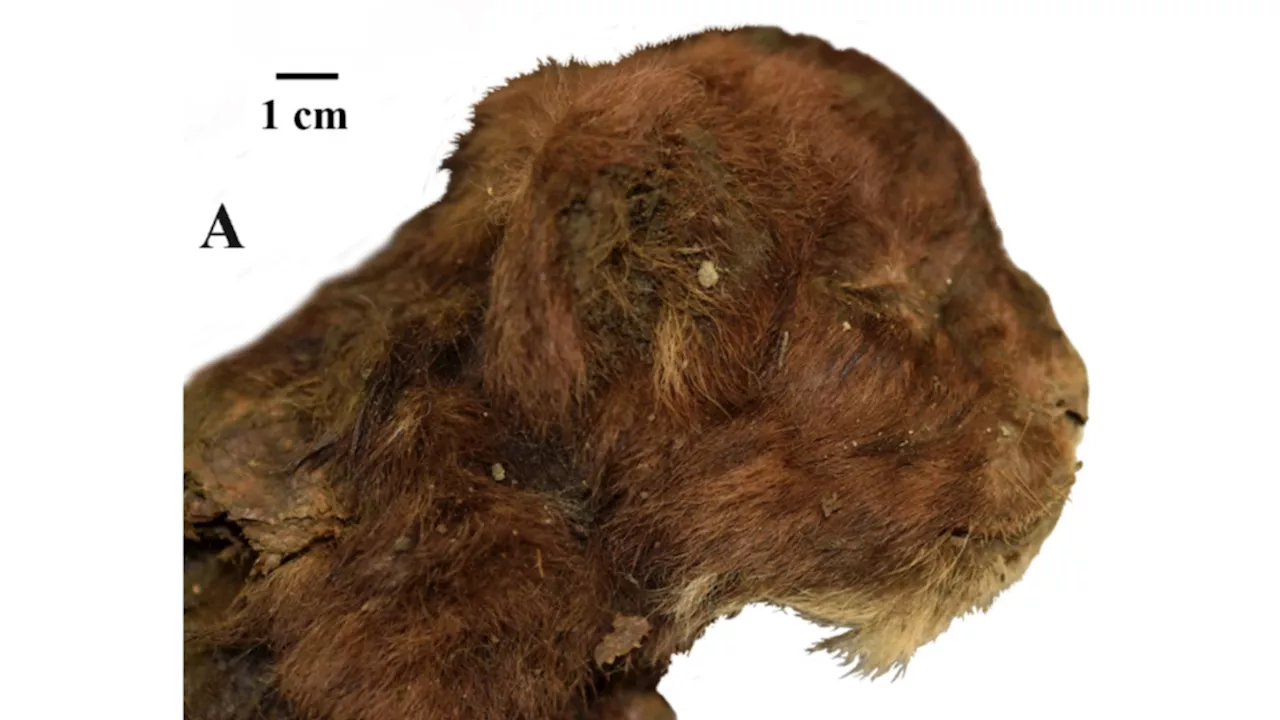 35,000-year-old saber-toothed kitten with preserved whiskers pulled from permafrost in SiberiaSascha is a U.K.-based trainee staff writer at Live Science. She holds a bachelor’s degree in biology from the University of Southampton in England and a master’s degree in science communication from Imperial College London. Her work has appeared in The Guardian and the health website Zoe.
35,000-year-old saber-toothed kitten with preserved whiskers pulled from permafrost in SiberiaSascha is a U.K.-based trainee staff writer at Live Science. She holds a bachelor’s degree in biology from the University of Southampton in England and a master’s degree in science communication from Imperial College London. Her work has appeared in The Guardian and the health website Zoe.
Read more »
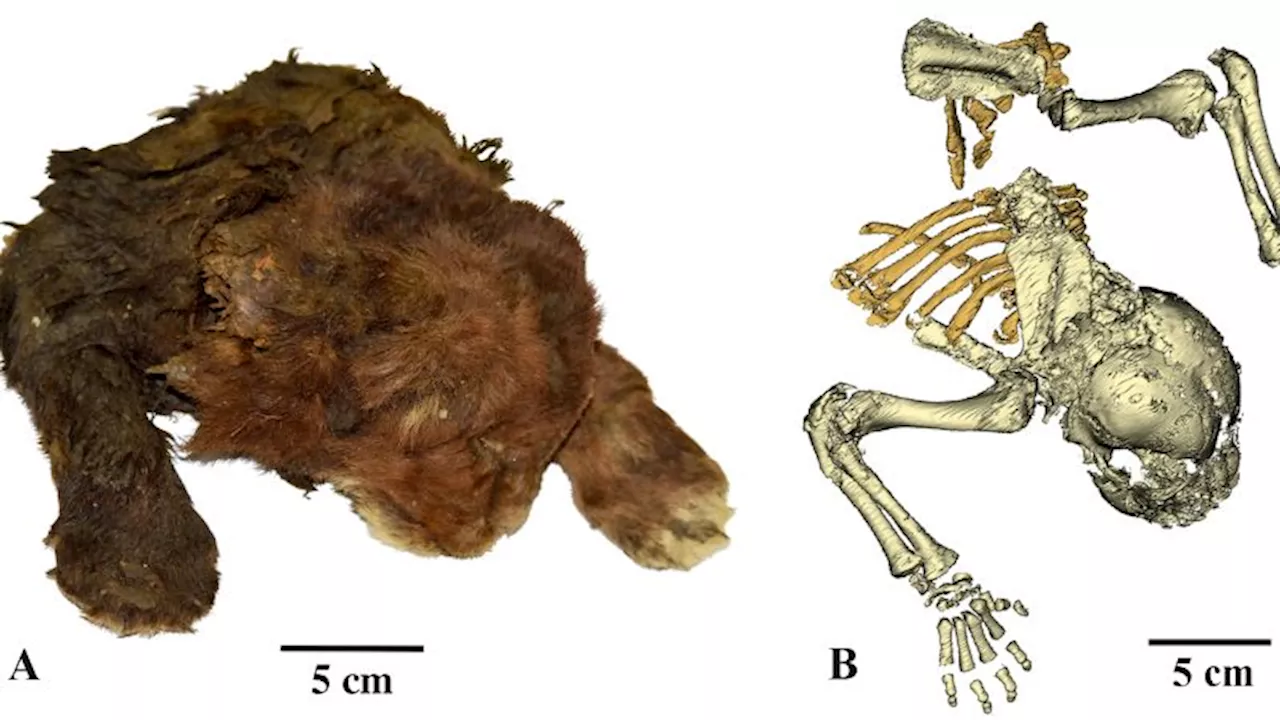 Sabre-toothed ‘kitten’ mummy unearthed in Siberia is first of its kindA mummified ice age cub discovered in Siberia is exceptionally preserved, providing the first view of what sabre-toothed cats looked like and clues about their hunting style.
Sabre-toothed ‘kitten’ mummy unearthed in Siberia is first of its kindA mummified ice age cub discovered in Siberia is exceptionally preserved, providing the first view of what sabre-toothed cats looked like and clues about their hunting style.
Read more »
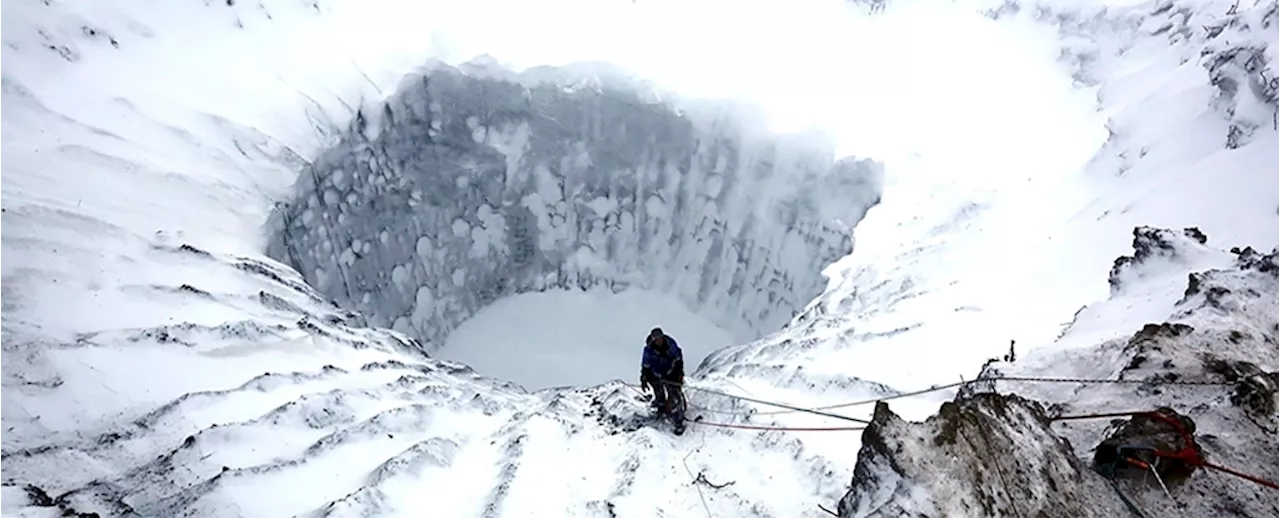 Mysterious Craters Appearing in Siberia Might Finally Be ExplainedThe Best in Science News and Amazing Breakthroughs
Mysterious Craters Appearing in Siberia Might Finally Be ExplainedThe Best in Science News and Amazing Breakthroughs
Read more »
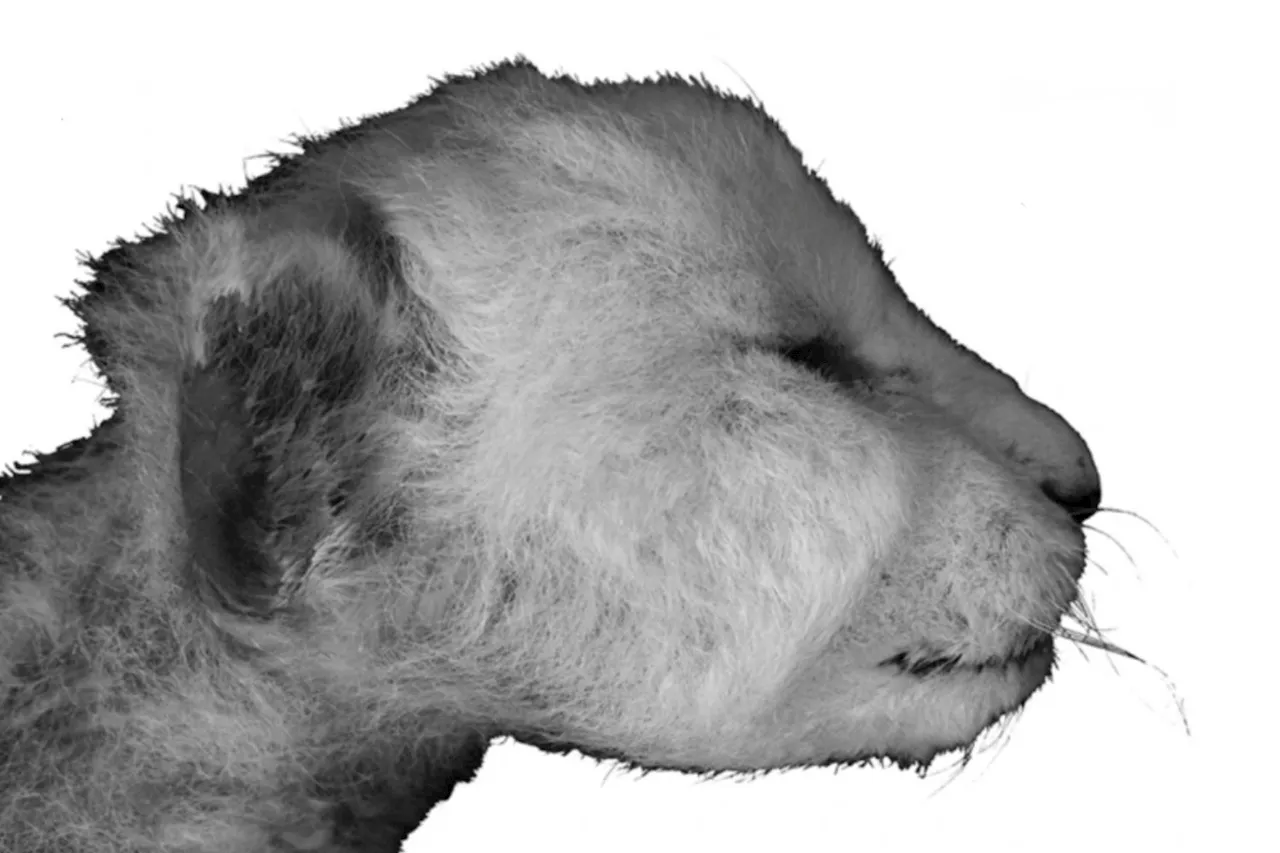 Immaculately Preserved Saber-Tooth Cat Cub Found in Siberian PermafrostDiscovered several years ago, this remarkably preserved saber-tooth cub is offering a rare glimpse into its species and life as it existed over 30,000 years ago.
Immaculately Preserved Saber-Tooth Cat Cub Found in Siberian PermafrostDiscovered several years ago, this remarkably preserved saber-tooth cub is offering a rare glimpse into its species and life as it existed over 30,000 years ago.
Read more »
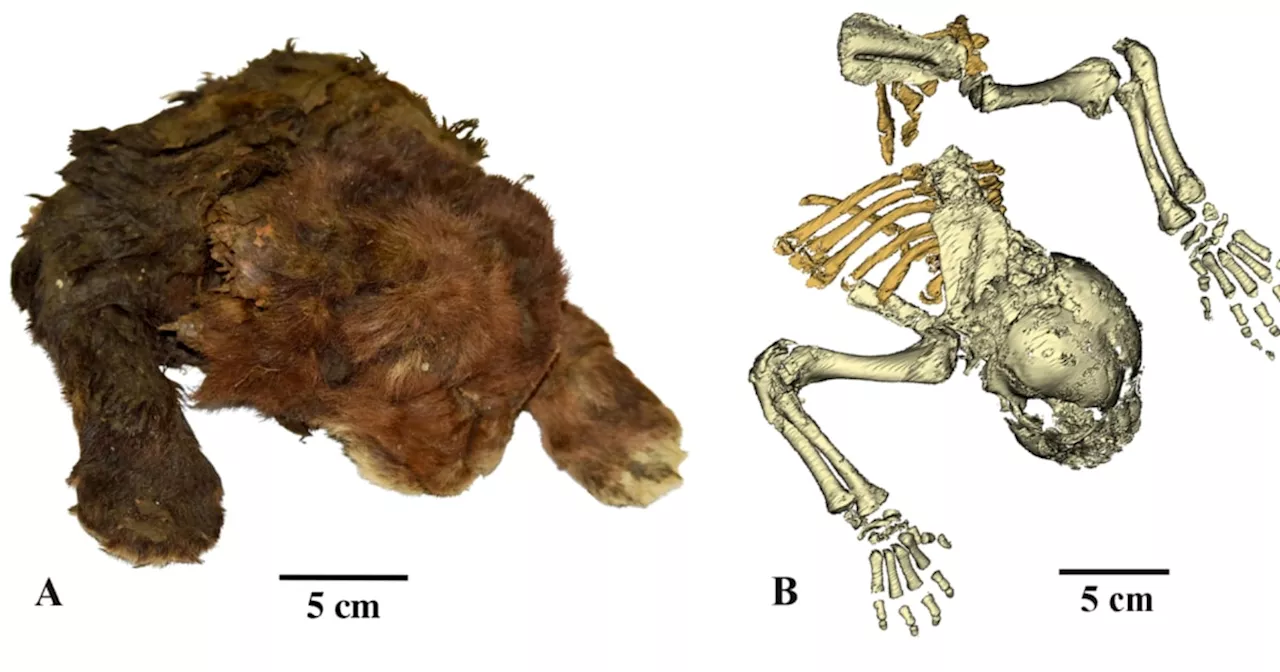 35,000-year-old frozen saber-toothed cat mummy studied for first time everMirna Alsharif is a breaking news reporter for NBC News.
35,000-year-old frozen saber-toothed cat mummy studied for first time everMirna Alsharif is a breaking news reporter for NBC News.
Read more »
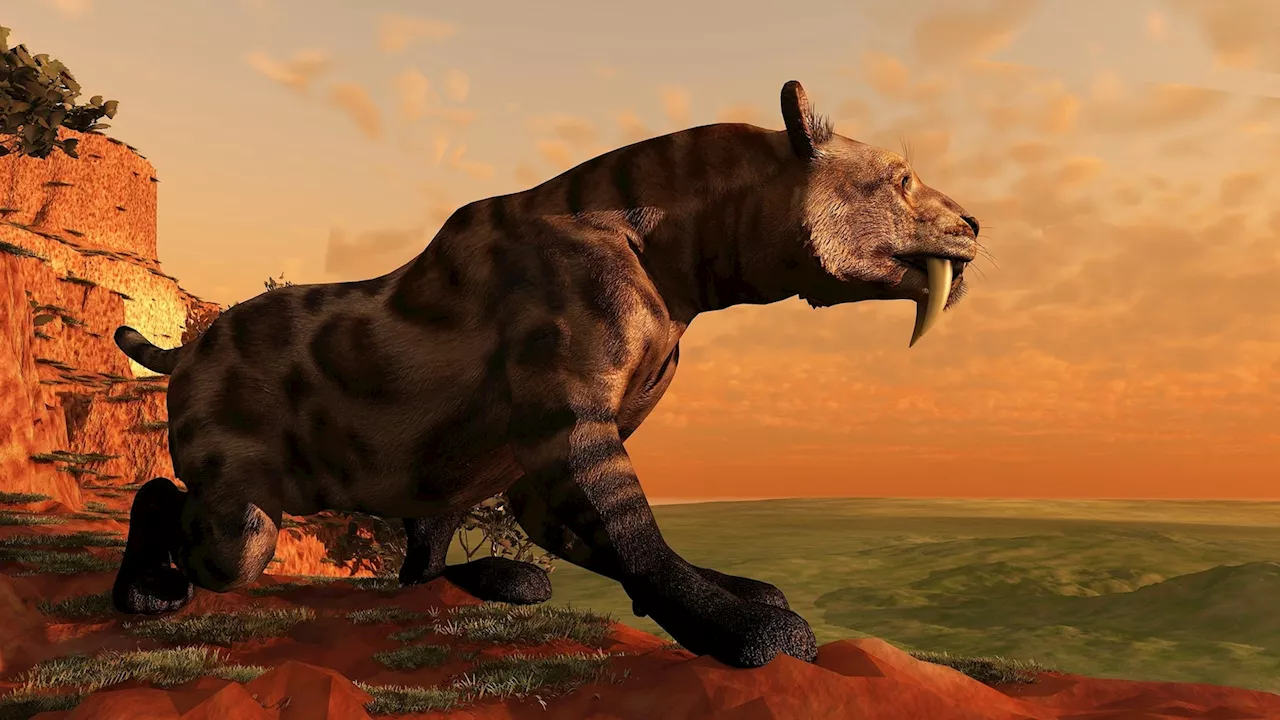 Well-preserved remains of saber-toothed kitten found frozen in Russian tundra, researchers sayThe species went extinct about 12,000 years ago.
Well-preserved remains of saber-toothed kitten found frozen in Russian tundra, researchers sayThe species went extinct about 12,000 years ago.
Read more »
